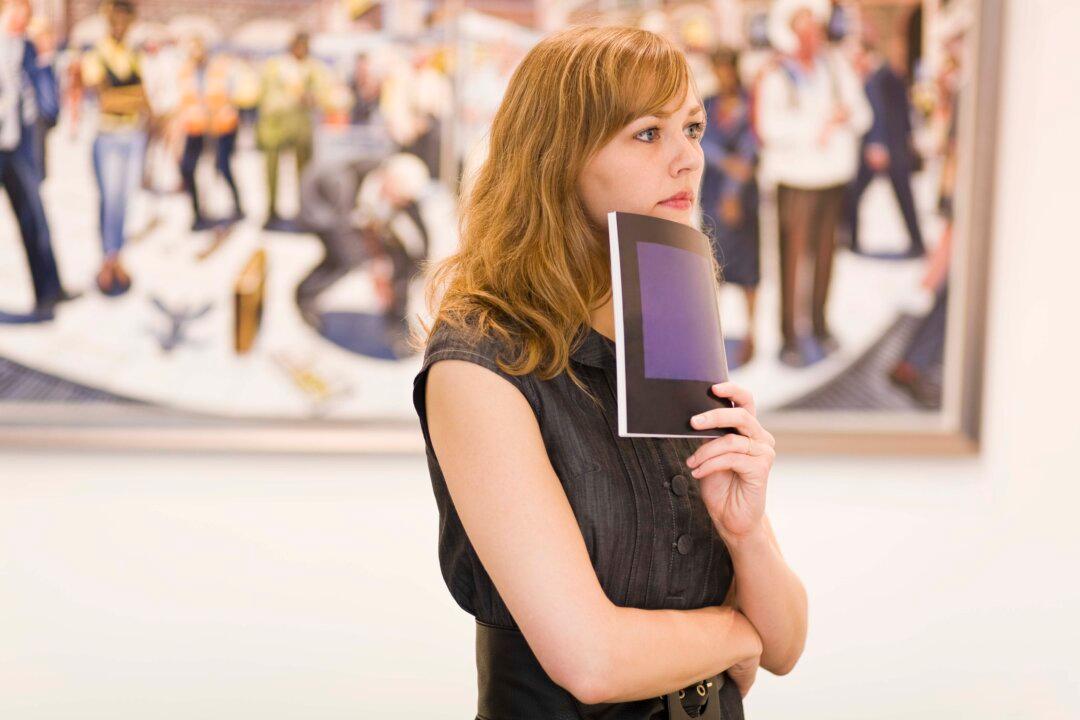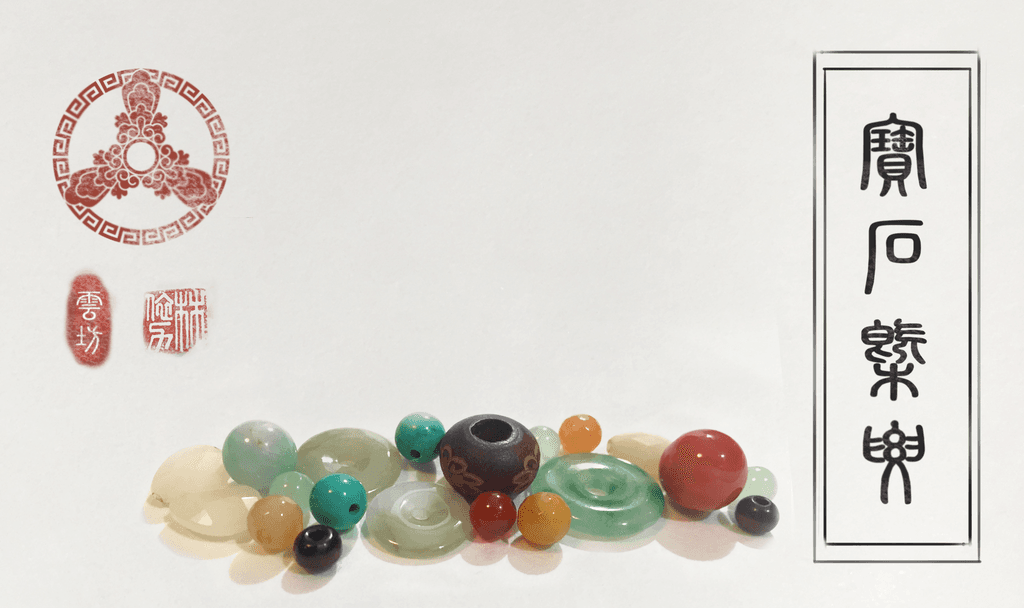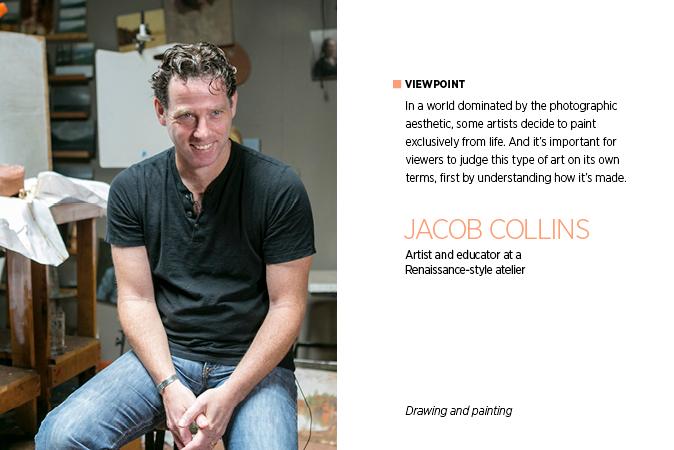NEW YORK—My husband and I are on the same page for most things, but as soon as we step into a museum, we lose each other right after the ticketing line. He believes in savoring each piece, no matter how minor (in my eyes) it may be. A single intricate bauble could keep him engaged for minutes.
I, on the other hand, analyze a room at a glance and only stop at pieces that especially capture my imagination. When I feel I’ve gotten the spirit and significance of a piece, I move on as if my eyes were metal detectors.
It’s an occupational hazard. As an art reporter I must absorb the broad themes of each exhibit, its organizational structure, and the highlights in order to provide context for the reader. But I forget that when visiting for fun, I am allowed to take a more leisurely pace—or even (gasp) not see the whole exhibit.
So, while my husband inches along every wall, I’m already sampling a few galleries ahead. Once, I finished viewing a three-gallery exhibition—twice, because I doubled back through it to search for my lagging companion—and came nose-to-nose with him as he exited the first gallery.
“You’re still just here?” I asked incredulously.
“There’s more?!” he replied.
Mine and my husband’s art-viewing habits represent two extremes of a spectrum. Most people fall somewhere in between.
Slow Art Day, which takes place on April 12 in galleries and museums worldwide, encourages speed-walkers like me to slow down for a change.
The first Slow Art Day took place in 2009 with 16 participating institutions worldwide. This year, the list exceeds 200.
The challenge is to look at five works of art chosen by the host, usually a volunteer or museum staff member, for 10 minutes each. Then, anyone is free to share insights and impressions with the group. There are no art history lessons, pop quizzes, or checklists for how to interact with each piece.
Not free on Slow Art Day? No worries. Slow art is a state of mind more than an annual event.
The Tao of Slow Art
The only rule of Slow Art Day is to ditch the docent-led tours—your eyes can tell you as much as a guide can, if only you’ll let them.
It’s one thing to hear someone say that a painting was made to record the horrors of the Civil War, but quite another to sit and get immersed in the multitude of bloodied figures dying on a hillside and begin to understand war on a spiritual level.
Viewing art this way quickly becomes an exercise in mindfulness. My thoughts alternate between visual observations and my emotional reactions to them. Errant mental associations pop up, are noted, and let go. Often the thoughts and observations are ones that I never knew I could have.
When I stay engaged with an artwork long enough, I begin to see it as the artist may have seen it. Details that the artist cleverly designed into the piece, labored over, but that I would usually overlook, will emerge. Decisions the artist made—whether in composition, color, or execution—show their inherent logic.
The artwork is no longer a mere object but a self-contained world. Each one seems to have its own time-space related to the process of its creation.
I have heard from an art history teacher that he finds it nearly impossible to get his students to look—truly look—at art. In an academic setting, the impulse is to identify, memorize, and contextualize a work, but one can only get so far with this impersonal approach to art.
On an industry level, the Slow Art movement suggests a fundamental shift in how the public valuates museum visits. Once the dollars hit the admissions counter, it’s tempting to think of a museum as an all-you-can-view buffet. But if we gorge ourselves, we can get sick and never return. It’s in museums’ long-term interest to develop a slow-art mindset among visitors.
As for me, I’ve learned that what matters is not only the number of facts or impressions I can gather, but what interacting with art can teach me about myself. My husband might actually get to spend time with me the next time we’re at a museum.
Slow Art Day is Saturday, April 12. For a full list of participating galleries and museums worldwide, visit slowartday.com






